Kitchen dining: Is it time to bid goodbye to the breakfast bar?
Tue 20th Apr 2021 by Emma Hedges
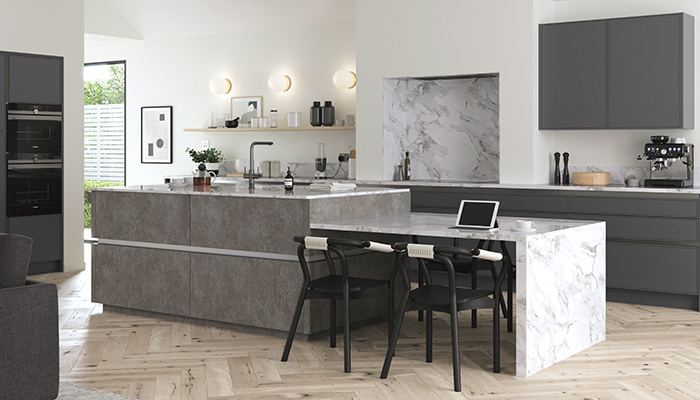
Kitchen dining: Is it time to bid goodbye to the breakfast bar?
A year at home has taught us many things, and among those has been a renewed appreciation of food, family and friends. But what are the implications for kitchen design, and in particular, the island unit? Emma Hedges finds that, having had time to cook and savour the results, consumers are shunning the barstool in favour of comfortable seating and low-level table areas.
Lockdown, and the pressure it put on our relationship with our homes, has provided a salutary lesson in the designs that work for us, and those that don’t, and an unexpected casualty seems to have been the breakfast bar. With no office, meeting or school pickup to rush out to, the need to bolt down a meal while perched perilously at a counter has become a thing of the past, and now a far more multifunctional solution is required.
“Hybrid working between the home and office is here to stay for many and a well-designed island unit will enable people to balance these functions and give them flexibility,” says Richard Turner, Pronorm UK national sales manager. “For example, a lower-level table at the island unit can double as a spacious desk area by day, and a family dining area by night.”

“Islands are the ultimate multi-tasker flexing across cooking, home working, home schooling and dining in a space-efficient way,” agrees Neil Taggart, marketing manager at TKC, who believes that it’s not just the closed restaurants and abundance of time that has led to the change in our dining habits. “I think the current trend for island dining stems from the sense of safety and togetherness that comes from gathering round to eat – it’s a basic cultural ritual that we have rediscovered in the eye of a scary pandemic,” he says.
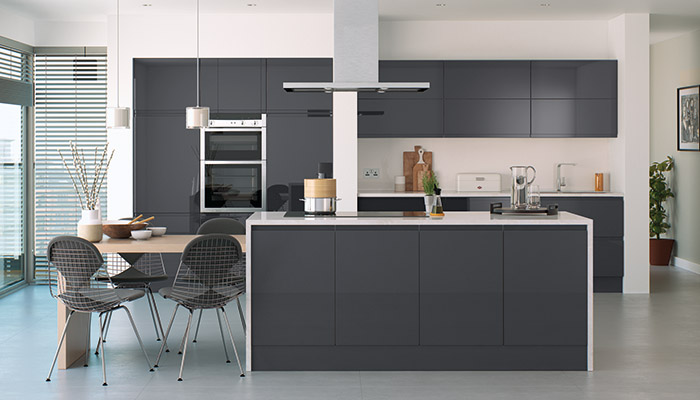
“Previously you might be sat in your kitchen for a small length of time – now homeowners need a variety of seating that will allow them to sit, work, socialise or eat for longer, or even the whole day,” says Keith Myers, director for the Myers Touch. “Bar stools don't offer comfort for long periods of time, so there’s an interest in having incorporated furniture into a kitchen space to allow for comfort seating.”
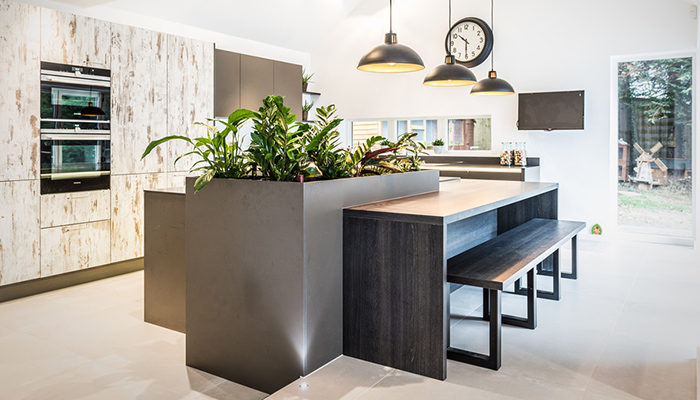
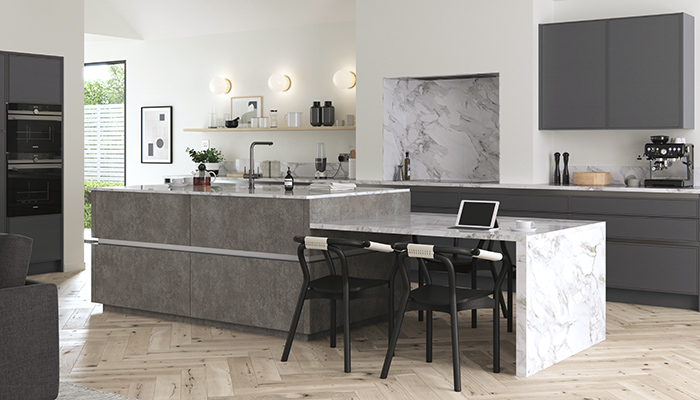
But just as the functional element has evolved, the aesthetics are changing too. As the shape of the kitchen island becomes less blocky, the eating area has started to take on the look of an actual dining table in what is almost a nod to the past, while still flowing seamlessly from one area to the next.

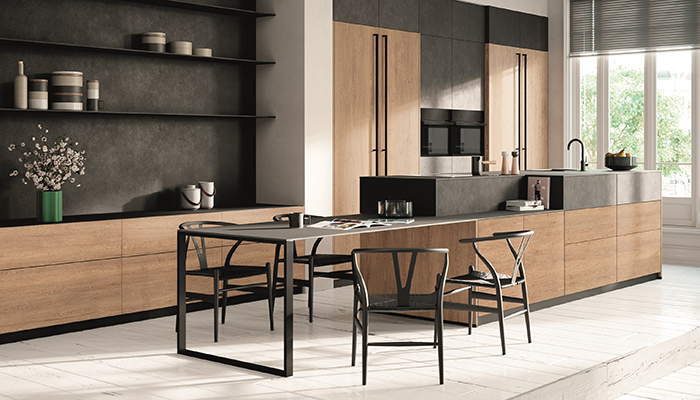
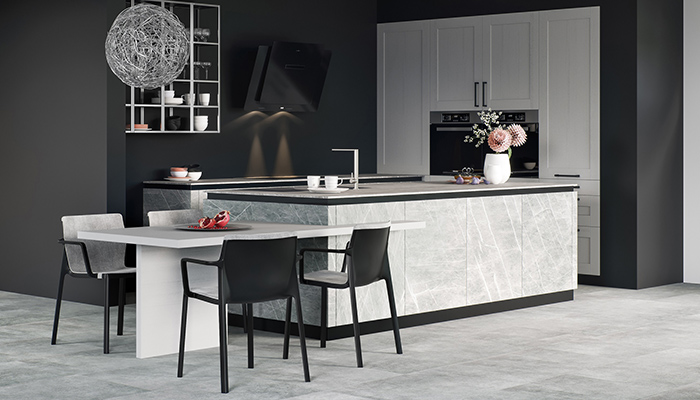
“It is clear that customers’ outlook on their kitchen has changed dramatically,” says Masterclass Kitchens commercial sales director Steve Tough. “They want their entire kitchen to become furniture, with finishes that offer functionality, while also combining a beautiful backdrop to the rest of their open-plan living areas.”
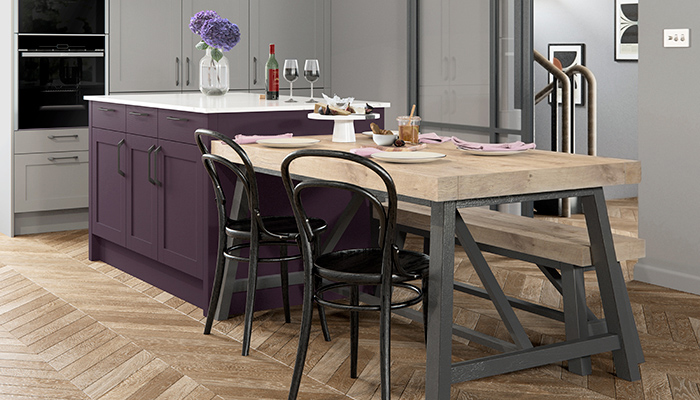
Tony McCarthy, commercial director for Crown Imperial, predicts that as some aspects of life have changed dramatically, this trend is one that is likely to last some time. “The kitchen island has evolved to become a statement piece offering multifunctional storage, cooking and preparation areas at the heart of the action,” he says. “Modern open-plan living and appliance technology have shaped the role of the dining island, transforming it into a flexible social and entertaining zone. Considering recent events, we envisage further growth of the dining island as a meeting hub, and as a future-proof space for all the family to enjoy.”
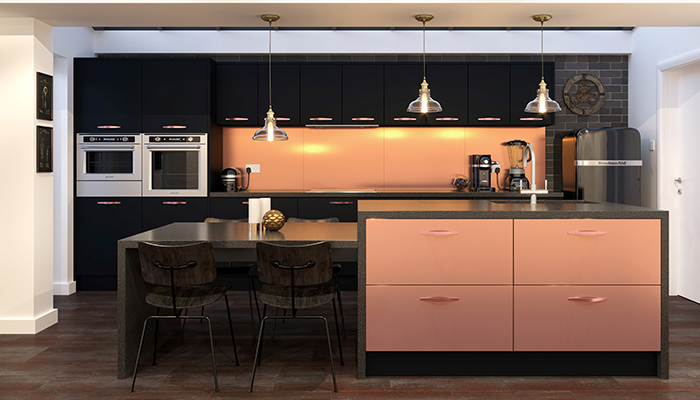
Tags: features, kitchens, islands, dining, pronorm, tkc, siematic, myers touch, mereway, nolte, rotpunkt, villeroy & boch, crown imperial
Sign up to our newsletter
Crown Imperial – 5 ‘must have’ kitchen trends for 2026
Sun 21st Dec 2025


























